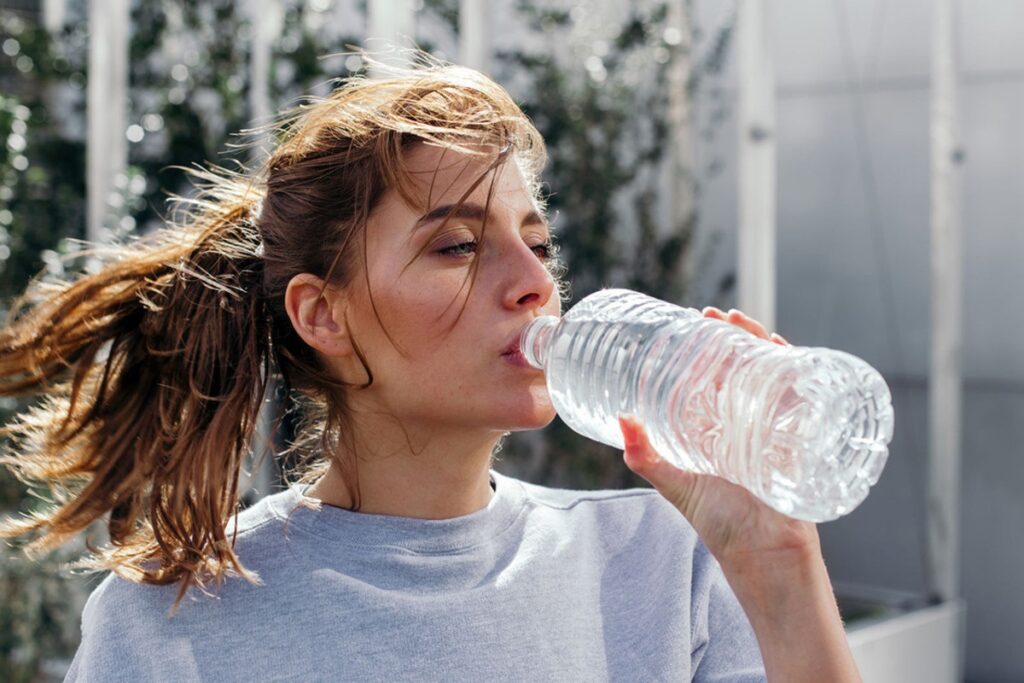06/08/2024
06/08/2024

NEW YORK, Aug 6: Recent research suggests that consuming beverages from plastic bottles could negatively impact health by increasing blood pressure due to microplastic contamination. Published in the journal Microplastics, the study conducted by the Department of Medicine at Danube Private University in Austria reveals that microplastics can enter the bloodstream and potentially raise blood pressure.
Microplastics are tiny particles of plastic commonly found in our food and water. These particles can breach cell barriers in the intestines and lungs, subsequently entering the bloodstream and other tissues. The Mayo Clinic has previously linked microplastic exposure to heart health issues, hormone imbalances, and even cancer, with a reported $289 billion annual cost to the healthcare system in 2018.
In the recent study, participants who switched from drinking fluids in plastic and glass bottles to tap water for two weeks experienced a significant reduction in blood pressure. The researchers observed a notable decrease in diastolic blood pressure, suggesting that lower plastic consumption might help lower blood pressure levels. “Remarkable trends were observed. The results suggest that reducing plastic use could potentially lower blood pressure, likely due to fewer plastic particles in the bloodstream,” the research team stated.
Previous studies have shown that individuals consume about 5 grams of microplastics each week, roughly the weight of a credit card. Although microplastics are also found in fluids packaged in glass bottles, the study’s findings advocate for minimizing plastic consumption.
Based on the results, the researchers recommend avoiding beverages packaged in plastic bottles. They also highlight that boiling and filtering tap water can effectively reduce microplastic contamination by nearly 90%, offering a safer alternative.
The study emphasizes the potential health benefits of reducing plastic use and suggests practical measures to minimize microplastic exposure.


